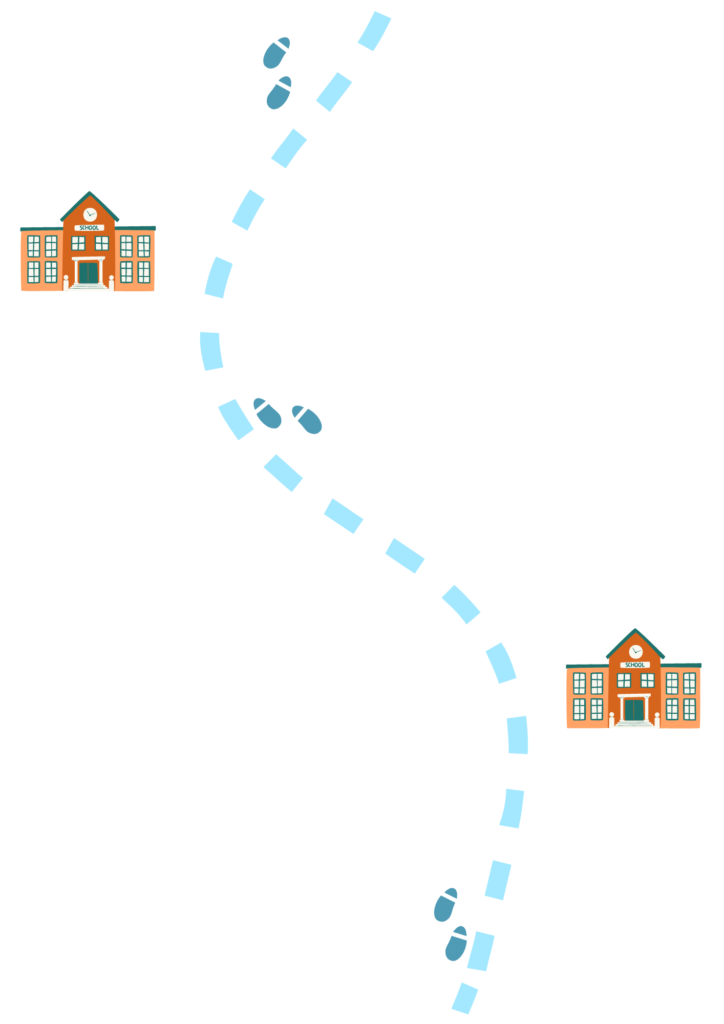The Polish Education System
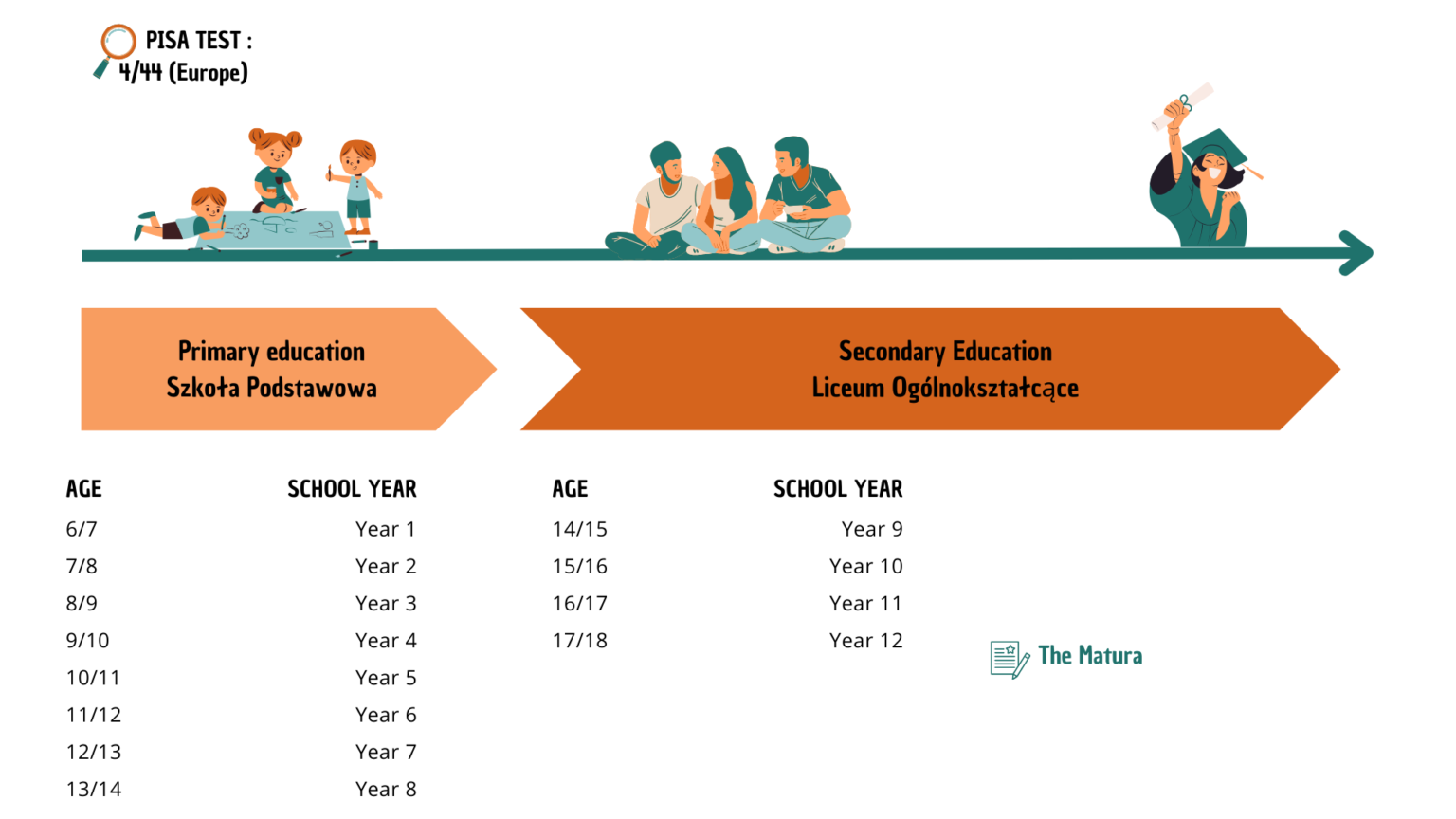
Key facts
In a Polish school, a typical day involves:
Morning Assembly: students gather for announcements and activities.
Class Periods: they usually last 45 minutes to an hour. Students are taught regular subjects as well as other subjects (ethics/religion or practical skills such as Home Economics)
Breaks: Between two class periods to relax and have a snack.
Lunch: Students don’t have a lot of time to eat (less than an hour) so they either eat at the cafeteria or bring packed lunches from home.
Afternoon Classes
Extracurricular Activities: students can practice sports, arts, music, or be part of academic clubs.
Physical Education: Scheduled classes for sports and physical activities.
Class Council Meetings: Periodic gatherings to discuss school matters and community choices.
Preparation for Examinations: Particularly relevant in upper secondary schools.
End of the School Day: at the beginning of the afternoon.
Homework and Study
Our trip in Poland
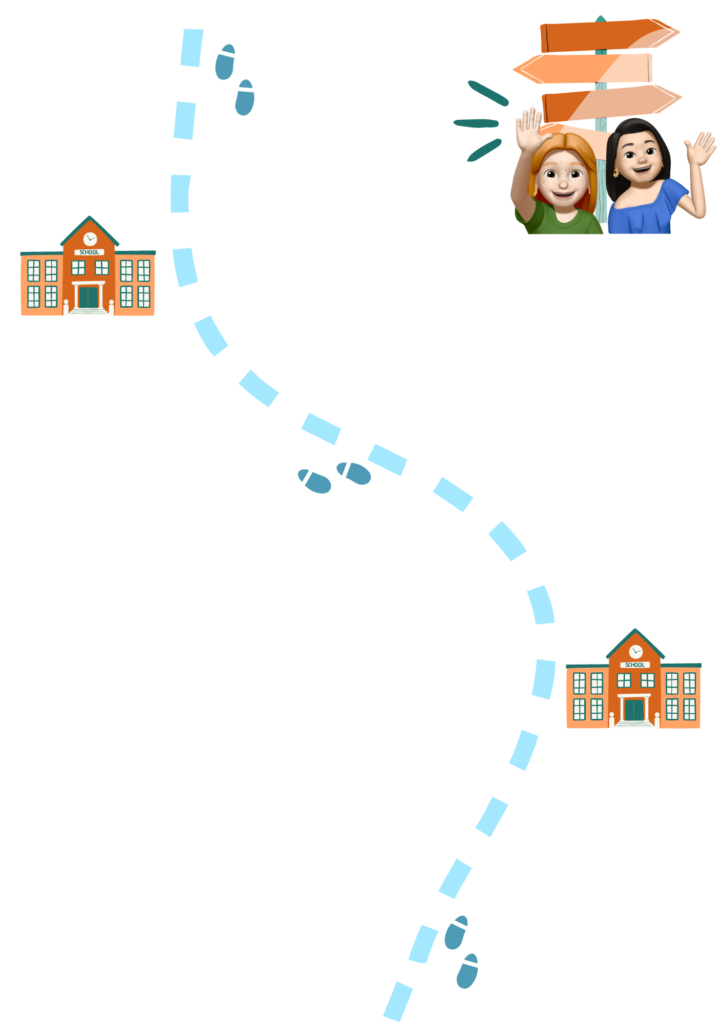
Poland in pictures
Because sometimes pictures convey more than words can express...
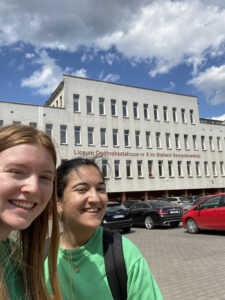

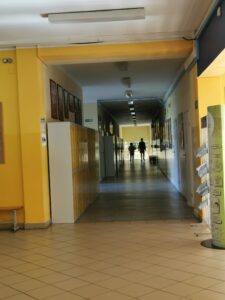
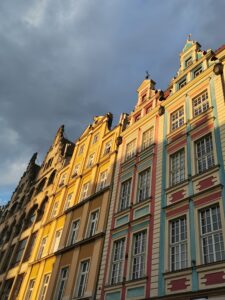
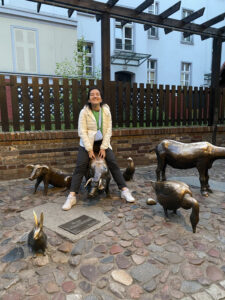
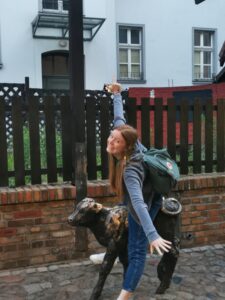
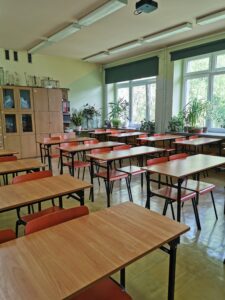
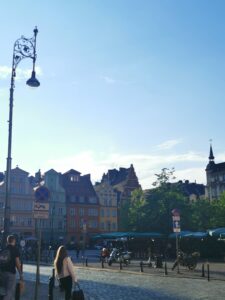
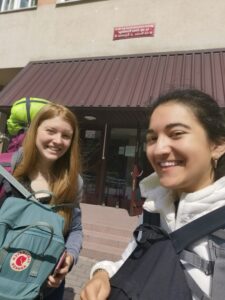
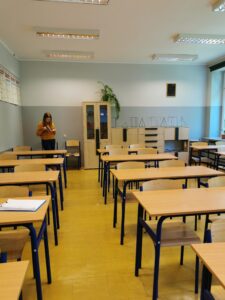
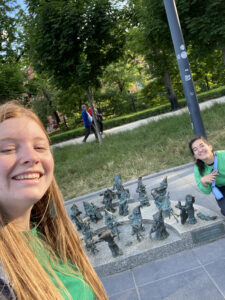
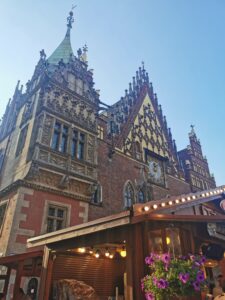

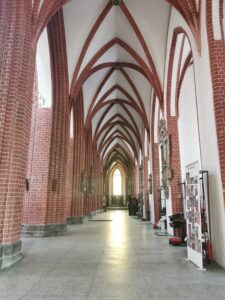
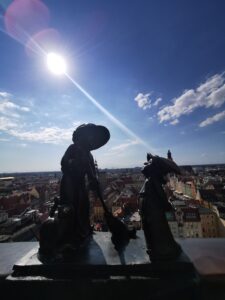
This country is amazing !

The market

Wroclaw gnomes
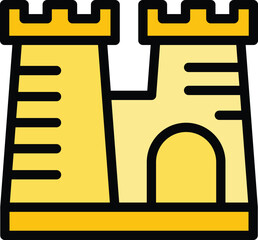
Wroclaw

Polish dumplings
Teach 21st century skills. Teach material, of course, do what is done with curriculum, but you can do it in a very boring way, or you can do it in an interesting way. So encourage their creativity, think outside the box
Ewelina Smialek
English teacher at Liceum Ogólnokształcące nr XIV
If you want to learn more about education in Poland

Ewelina Smialeck
![]()
A polish english teacher passionated about education who includes new digital tools in her courses.




